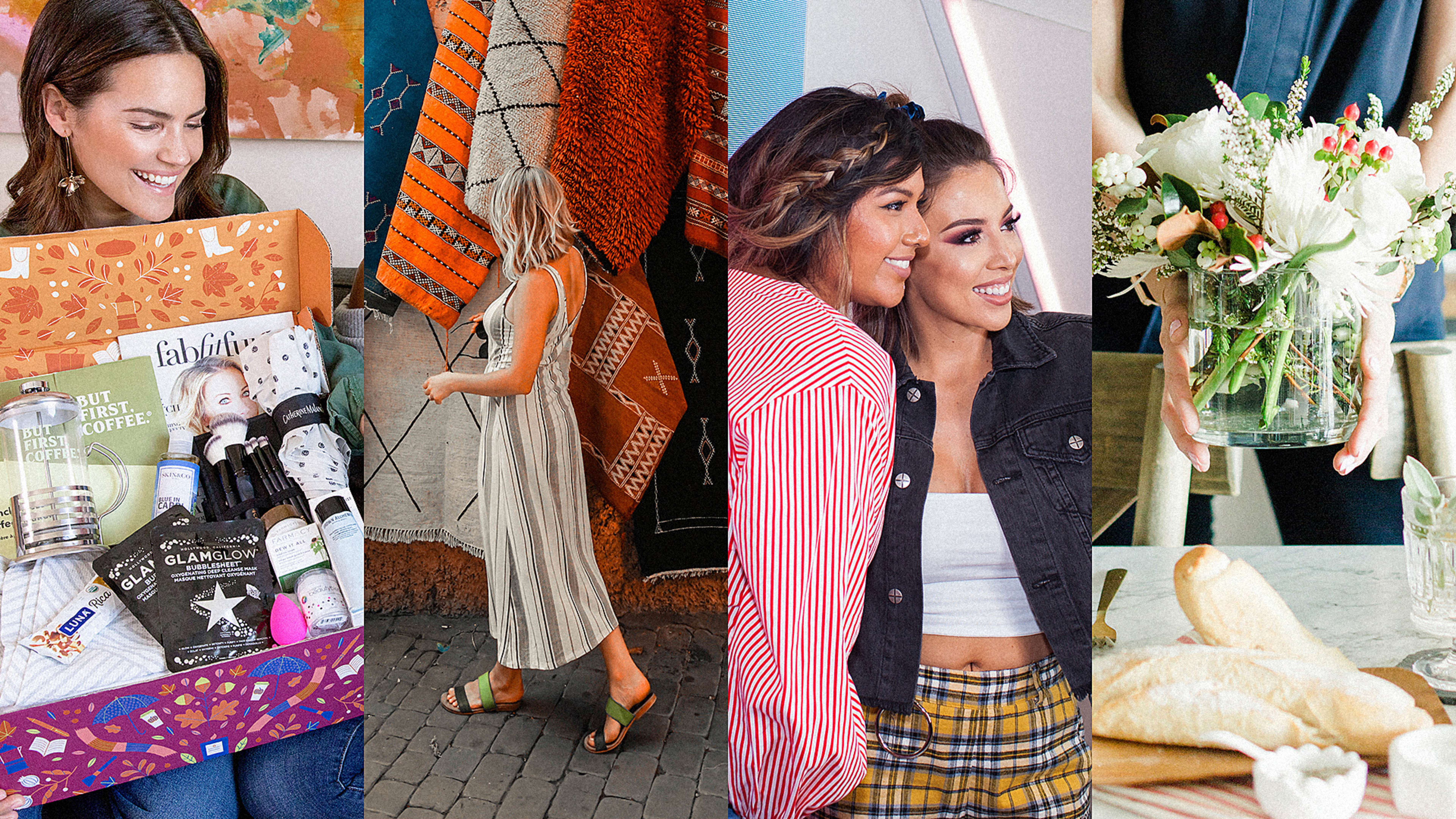We’ve hit peak subscription box.
As you go about your daily life on the internet, chances are you’ve came across several dozen highly specific subscription startups hawking you their wares. Sure, there is Birchbox, one of the pioneers of modern subscription commerce, which offers personalized beauty samples for both women and men. But Birchbox’s popularity spurred startups to launch subscription boxes for everything else you could possibly imagine.
And I mean this literally. There are boxes for sex toys, dog toys, comforting things for PMS, lifestyle products for women over 50, tea, stuff for single women, stuff for Christian women, crafts, Scotch, Korean snacks, Grateful Dead-inspired fashion, and adult incontinence products. The list goes on.
According to an in-depth McKinsey report published earlier this year, consumers are now fully on board with receiving products and services on a regular schedule, without having to place new orders. In 2011, the subscription e-commerce market was $57 million, and by 2016 it had ballooned to $2.6 billion. This also includes media subscriptions like Netflix, meal kits, and product replenishment programs like Amazon’s Subscribe and Save. But curation services–like monthly boxes of clothes, makeup, or other products–are the most popular kind of subscription, according to McKinsey’s study, making up 55% of all subscriptions.
New subscription boxes are popping up every day. There are now 3,500, an increase of 40% from a year before. And a full 47% of subscription boxes launched in the past 12 months, according to the warehouse management company Snapfulfil.
McKinsey has found that in the overcrowded world of subscription boxes, the wheat is now separating from the chaff. Of the many new subscription boxes that have mushroomed over the last few years, at least 13% have ceased operations, according to the website My Subscription Addiction, which tracks every new box that hits the market. And this statistic will resonate with many consumers: Most of us have tried a couple of boxes that haven’t worked out because we didn’t like the product selection, or quality, or value for money. Dozens of subscription boxes have died off, unable to make their business models work.
But there are also some brands that have emerged as winners of the subscription wars, evolving from scrappy startups into large, thriving businesses with millions of users. These include Dollar Shave Club, Ipsy, Birchbox, Sephora Play, Barkbox, Stitchfix, and ShoeDazzle.
So what’s the playbook for creating a successful subscription startup? It’s complicated, but it seems like it hinges on a business model that goes beyond making money on the box itself, and investing in content that makes the unboxing experience exciting every single time.
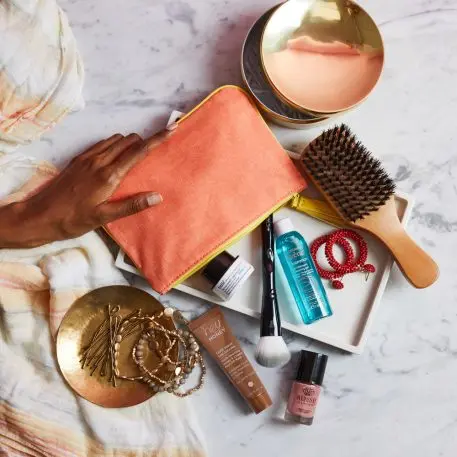
The business model beneath
While consumers experience all subscription boxes in largely the same way–they receive an unexpected selection of products in the mail–there are many ways to monetize the subscription experience. Take the vast array of beauty boxes for instance, which are all roughly $10 a month and, on the surface, look pretty similar.
The business models underneath could not be more different. Ipsy, for instance, enlists beauty influencers to create videos that demonstrate how to use the products in the bag, which leads to ad revenue. Sephora Play is just another tool in Sephora’s arsenal to make customers more loyal, and more likely to spend money. Birchbox’s goal is to drive subscribers to buy full-sized products on its website or brick-and-mortar stores.

“People talk about subscriptions as if they’re all the same,” says Ipsy CEO Marcelo Camberos. “But in fact, subscription commerce is just a new way to engage with brands and get products. We’re all fundamentally different businesses.”
Ipsy has emerged as one of the big winners of the subscription box wars. The brand was founded in 2011 by Camberos, Jennifer Goldfarb, and beauty influencer Michelle Phan (who has since left Ipsy to launch a cosmetics line). According to McKinsey, Ipsy has the third-highest number of subscribers on the market–at 3 million–behind only Amazon Subscribe and Save and Dollar Shave Club respectively. Some have speculated that it might be moving towards an IPO.
According to Camberos, Ipsy’s business model generates revenue on two fronts. First, it is able to offer customers great value on the monthly makeup samples they receive, while also making money on each box. For $10, customers receive some full-sized products and deluxe samples, all highly customized thanks to recommendation algorithms. Camberos says that Ipsy pays for some of these products and receives other samples for free because beauty brands want to introduce their products to Ipsy’s enormous audience. Despite the low cost of each bag, Ipsy manages to make a slim profit on each bag, and given that it ships millions of bags out every month, this adds up to a sizable revenue.
“I don’t think Ipsy would work in a different product category,” Camberos says. “Beauty products are inexpensive, and beauty brands rely on getting samples into the hands of new consumers, so they want to work with us. The unit economics would not work outside of beauty.”
However, Ipsy’s model really stands out in the industry because it successfully monetizes the content around those products. This idea grew out of Phan’s experience as a beauty influencer. She had seen firsthand that beauty-obsessed consumers love watching videos of people unboxing new beauty products and demonstrating how to execute new styles. All of this generates millions of dollars in YouTube ad revenue for the influencers themselves, which they share with Ipsy. Ipsy has made beauty influencers a cornerstone of its business by helping emerging influencers connect with Ipsy’s large audience, and creating a plush studio where influencers can create videos with high production values. And in turn, these influencers keep existing Ipsy customers engaged, and also introduce Ipsy to new customers. “It all works together as an ecosystem,” says Camberos. “We can’t lose sight of any part of it: the bags, the influencers, the brands we work with. If customers are dissatisfied with even one part of the experience, everything falls apart.”
Ipsy has often been compared to Birchbox, which launched a year before, and is fifth on McKinsey’s list of boxes with the most subscriptions. (According to reports, Birchbox now has around 2.5 million active subscribers, which is slightly under Ipsy.) Birchbox’s model relies on deriving revenue from the boxes themselves, and introducing women to products they love so much they are willing to buy full-sized versions from Birchbox’s retail channels. At the start, Birchbox prioritized growth over profitability, since having a large customer base is so crucial to make the unit economics of the subscription model work. But Birchbox has had a painful and well-publicized struggle to become profitable, which involved firing employees and halting plans to open brick-and-mortar stores.
The brand finally turned a profit last year. When I recently spoke to Katia Beauchamp, Birchbox’s cofounder and CEO, she was optimistic about the brand’s future. For instance, Birchbox just announced a partnership with Walgreens to create Birchbox branded in-store experiences. And Beauchamp says that Birchbox is focused on the casual beauty consumer who, unlike Ipsy’s customer, doesn’t have time to watch hours of videos about new products and brands. We’ll have to wait to see if Birchbox is able to continue to grow a profitable business around the customer who is not beauty obsessed.
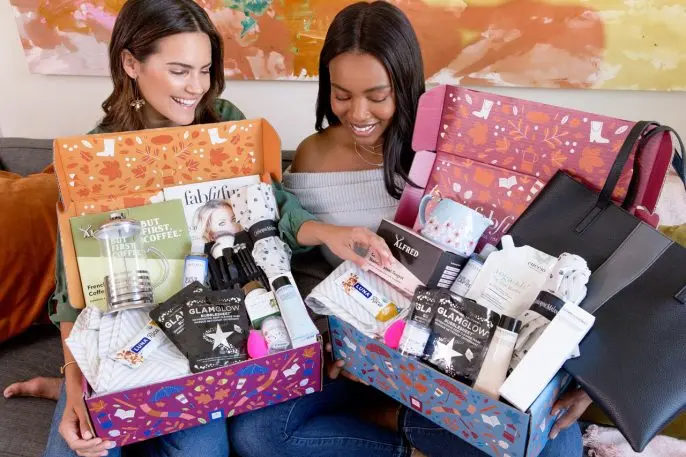
Fewer boxes, better value
Another winner in the subscription box universe is FabFitFun, founded in 2010 by Katie Ann Rosen Kitchens and brothers Michael and Daniel Broukhim. Every season, subscribers pay $49.99 for a box of full-sized products, though the value of the products comes to four times that. The brand doesn’t have as many subscribers as some of the beauty boxes–its higher price point makes it less accessible than the cheapest boxes on the market–but the brand has been growing 300% a year. And as of 2016, it generated $41.8 million in annual revenue.
Kitchens says that the idea for the box came out of the magazine industry, where she began her career. Women’s lifestyle magazines mostly consist of product recommendations curated by experts in the fields of beauty, health, and interior design. “Why not just create a box full of these curated products, and include a magazine that explained how to use them,” she says. “It was a way of flipping the entire concept on its head.”
FabFitFun purchases many of the items in the box, curating a mix of beauty, workout, and home products designed to cater to all aspects of the modern woman’s lifestyle. Recent items include teapots, eye shadow palettes, hand creams, tea towels, gym bags, and exercise balls. But the company also generates revenue from sponsored products from brands that want to introduce new products to the market. The last box, for instance, was sponsored by Lunabar and featured its newest flavor. FabFitFun lets users customize about half of the box.
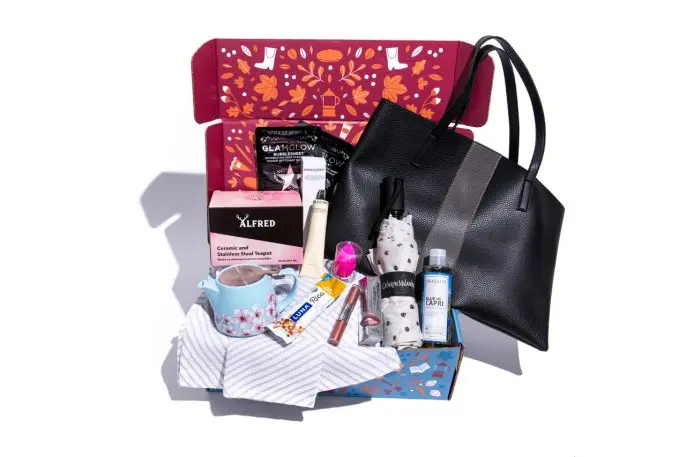
FabFitFun sees value as a driving force in its business model. Subscribers are guaranteed to receive at least $200 worth of products in the box. But Kitchens believes that the company can’t rely on this alone to keep customers signing up quarter after quarter. Ultimately, she believes that content is key, which is why FabFitFun is investing heavily in keeping customers engaged across multiple channels.
There’s the magazine that comes in the box, but to keep subscribers engaged between deliveries, there’s an active FabFitFun message board on the brand’s website where members discuss things like recipes, weight loss, and decorating tips. A website also hosts a members-only TV station, where active subscribers can watch workout videos and cooking demonstrations. And it just launched a daily Facebook live show where viewers can learn about products and get other lifestyle content, a little like a digital version of QVC.
“We’re fully aware that we can lose a subscriber at any time,” Kitchens says. “But if members see us as more than just a box, but access to a community and valuable knowledge, then it’s hard to put a price on how much that experience is worth.”
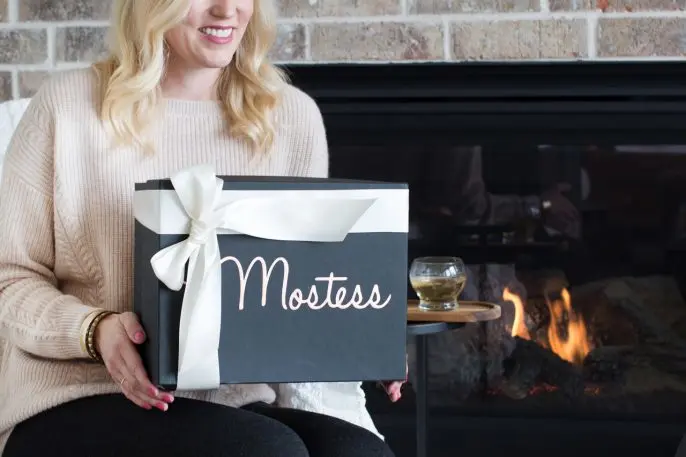
The Luxury Box
There’s clearly money to be made in subscription commerce for a startup that figures out how to monetize it, and keep subscribers engaged with compelling content. And new startups are popping up every day with new concepts. Platforms like Cratejoy make it very easy: The website allows anybody to start a subscription box, get new subscribers, create automatic mailing lists, and even find branded packaging for your box. (For consumers, Cratejoy is a way to find subscription boxes you might be interested in.) But the vast majority of these boxes have very few subscribers, and few will reach the scale of the big players.
Of the most recent startups on the market, there are some intriguing concepts. Mostess, for instance, was founded in 2016 by Lindsey Rose King, and delivers high-end home products. The boxes are shipped quarterly and cost a whopping $150 for only six items. “Our higher price point means we have more dollars to play with when putting the box together,” says King. “We are able to include really premium products in the box, and still make money.”

King says that the boxes have been very popular among millennial women who are busy professionals, and are in nesting mode. They want to host parties and entertain in their homes, but don’t have time to be constantly searching for little touches to update their homes. “There is a misconception that the only thing that attracts consumers to subscription boxes is getting a good deal,” King says. “I’ve found that my customers want the convenience of having someone curate these products for them, and enjoy the unboxing experience every month: This is worth the cost to them.”
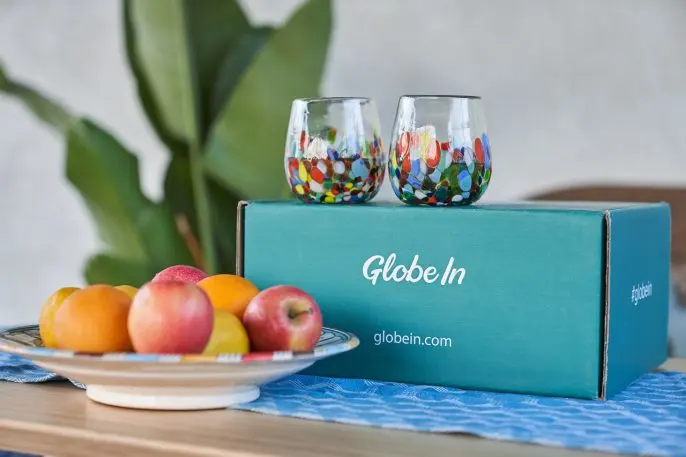
Subscribe For Good
Another box, GlobeIn, which launched in 2016, stands out because it is based on social good. Customers can sign up for either a $10 or a $40 subscription, and will receive a box full of products made by more than 1,000 artisans in communities around the world, including Mexico, South Africa, Morocco, and India.
The products are often home decor products, but there might be food items or jewelry in the mix as well. Recent boxes contained things like colorful wineglasses made by glass blowers in Tonalá, Mexico, a colorful ceramic platter made in the town of Safi in East Morocco, and a brass necklace made by a group of Muslim artisans in India. Liza Moiseeva, GlobeIn’s cofounder, says that many customers are attracted to the unique products in the box, and the stories about the makers that are on the website and the pamphlets that come in the package. “Many subscribers love travel, and some used to travel when they were younger, but don’t anymore,” she says. “The boxes give them access to different cultures, and allow them to fill their homes with global products, much like they would if they were going on a vacation.”
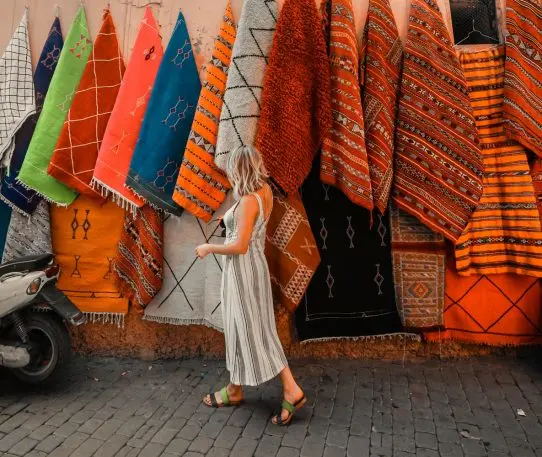
But GlobeIn makes the social mission of the company clear on the website, and many customers believe they are supporting a good cause.The company was inspired by Mohammad Yunus, the Bangladeshi social entrepreneur who pioneered the concept of microcredit and microfinance. And in some ways, subscribing to a box is akin to providing a loan to an artisan, so they can run their business. Moiseeva says that ongoing subscriptions allow GlobeIn to place larger orders with them than it could if it were merely a retail site. “We have a very good sense of how many of each item to order thanks to the subscriptions,” she says. “These artisans are used to living from hand to mouth, so knowing that there are ongoing orders for thousands of products can totally transform a community.”
The company has grown significantly. Last year, it generated $2.9 million in revenue, and it expects to hit $6 million this year. And for Moiseeva, the real success of the venture is that the company has invested more than $3 million in poor communities, and has given artisans more than a million hours of work in just a few years.
The interesting thing about these subscription startups is that they’re not necessarily interested in reaching the kind of scale of the Ipsy’s and Birchboxes of the world. For Mostess, which is run by a single entrepreneur, and GlobeIn, which is committed to creating a consistent stream of revenue for small artisan communities, growth is certainly on the agenda. But these companies don’t need millions of subscribers to achieve their goals and be sustainable businesses.
In fact, in GlobeIn’s case, growing too fast presents some challenges. “Many of the artisan communities we’re working with just don’t know how to cope with such large orders,” says Moiseeva. “We’re helping them develop the infrastructures and management skills to deliver everything to us on time. It’s a really good problem to have.”
Ultimately, the subscription economy has moved from being a fad to being a part of everyday life for many consumers. But this also means that people are more discerning than ever about what we’re looking for in a box. Value is still important when it comes to boxes, but consumers are clearly looking for more–they’re looking to be delighted, discover wonderful new objects, and immerse themselves in an exciting experience whenever the box arrives at their doorstep.
On the internet, it is easy to live in a bubble, returning to the same brands and the same products that we already know. In the end, subscriptions give us something that’s sorely missing online: surprise.
Recognize your brand’s excellence by applying to this year’s Brands That Matter Awards before the early-rate deadline, May 3.
